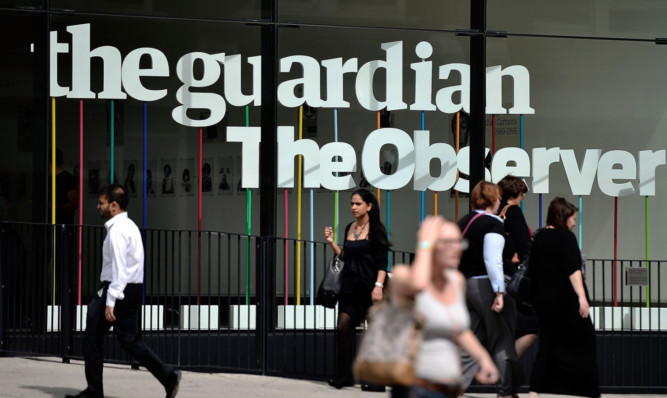Nick Clegg approved plans ordering a top civil servant to call on the Guardian to destroy classified data in the interest of national security, according to his spokesman.
The Deputy Prime Minister was “keen to protect” the newspaper’s freedom to publish but backed the move, ordered by David Cameron, because it was “preferable” to taking legal action.
Home Secretary Theresa May has also insisted asking Cabinet Secretary Sir Jeremy Heywood to contact The Guardian about classified material handed over by Edward Snowden was “right and proper”.
However, Labour’s Keith Vaz said the actions were “unprecedented” and called on the Prime Minister to make a “full statement” to Parliament on the day it returns after the summer break.
The intervention ordered by No 10 came to light following the detention at Heathrow Airport under terror laws of David Miranda, partner of Guardian journalist Glenn Greenwald, who has worked with Mr Snowden on a series of security services exposs.
Scotland Yard and the Home Office have insisted the actions of officers at the airport were proper.
A spokesman for the Deputy Prime Minster said: “The independent reviewer of terrorism legislation is already looking into the circumstances around the detention of David Miranda and we will wait to see his findings.
“On the specific issue of records held by the Guardian, the Deputy Prime Minister thought it was reasonable for the Cabinet Secretary to request that the Guardian destroyed data that would represent a serious threat to national security if it was to fall into the wrong hands.
“The Deputy Prime Minister felt this was a preferable approach to taking legal action. He was keen to protect the Guardian’s freedom to publish, while taking the necessary steps to safeguard security.”
Mrs May said: “Issues of national security are rightly addressed at an appropriate level within Government. I do not find it surprising somebody at a very senior level within Government should be involved in this particular issue.
“I think it is right and proper the Government had those discussions with the Guardian, that the action that was taken was taken.
“If Government believes information that could be of help to terrorists is potentially being held insecurely, could fall into the wrong hands, I think it is right the Government should act. I don’t find it strange should be done at a senior level.”
